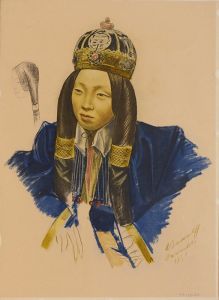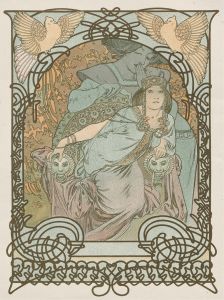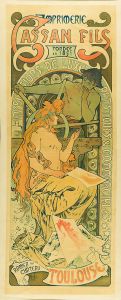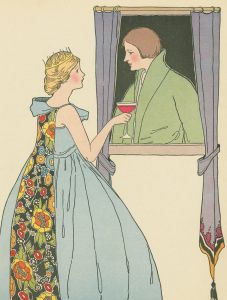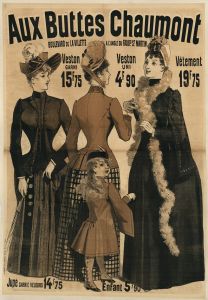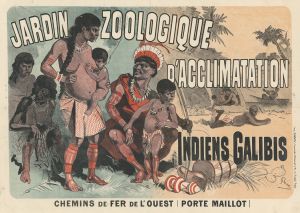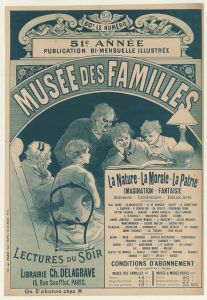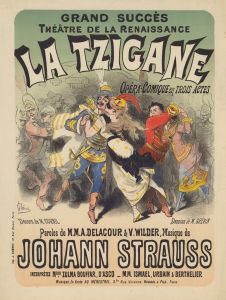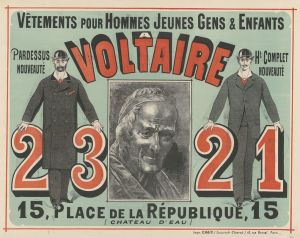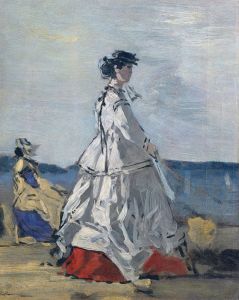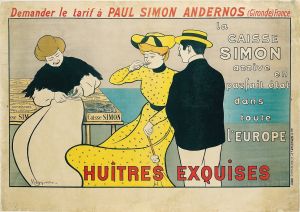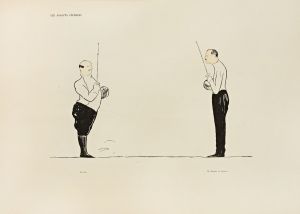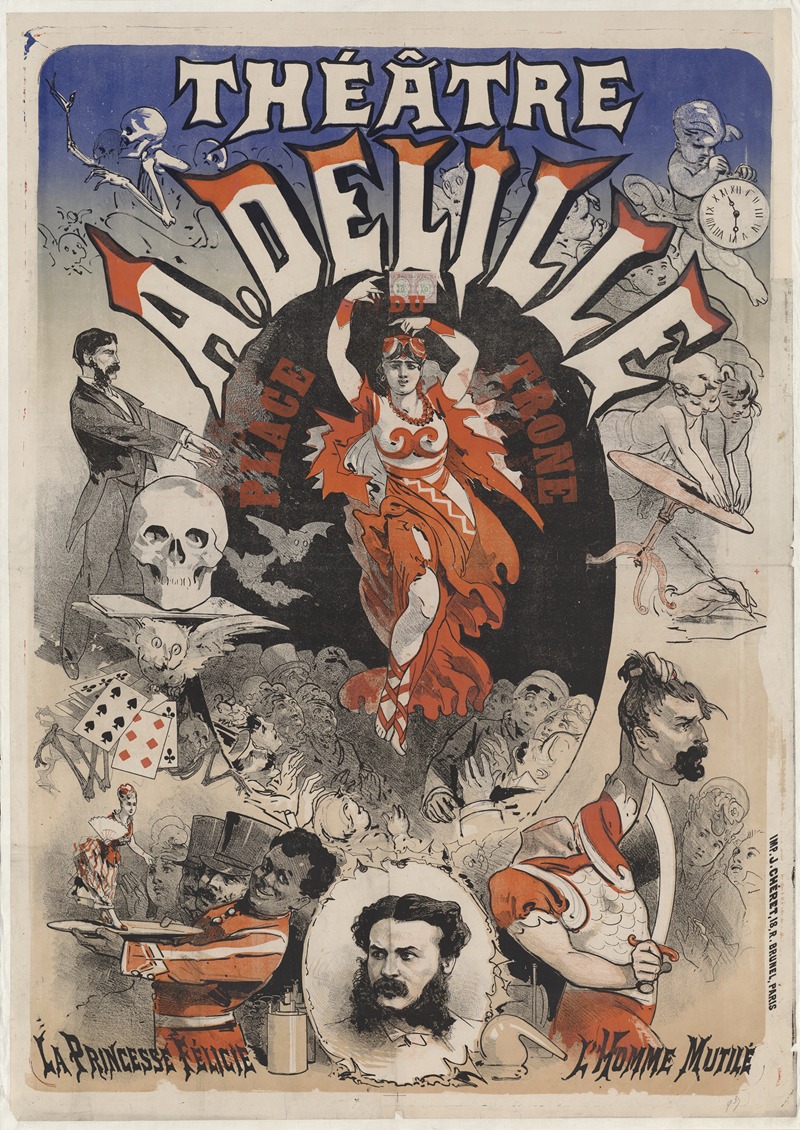
Théâtre A. Delille. La princesse Félicie, l’Homme mutilé
A hand-painted replica of Jules Chéret’s masterpiece Théâtre A. Delille. La princesse Félicie, l’Homme mutilé, meticulously crafted by professional artists to capture the true essence of the original. Each piece is created with museum-quality canvas and rare mineral pigments, carefully painted by experienced artists with delicate brushstrokes and rich, layered colors to perfectly recreate the texture of the original artwork. Unlike machine-printed reproductions, this hand-painted version brings the painting to life, infused with the artist’s emotions and skill in every stroke. Whether for personal collection or home decoration, it instantly elevates the artistic atmosphere of any space.
Théâtre A. Delille. La princesse Félicie, l’Homme mutilé is a poster created by the French artist Jules Chéret. Jules Chéret, often referred to as the "father of the modern poster," was a prominent figure in the development of poster art during the late 19th and early 20th centuries. Born in Paris in 1836, Chéret's work significantly influenced the visual culture of the Belle Époque period in France.
This particular poster was designed to promote a theatrical production at the Théâtre Antoine Delille, a venue known for its diverse and vibrant performances. The title of the production, "La princesse Félicie, l’Homme mutilé," suggests a dramatic narrative involving a princess named Félicie and a character referred to as the mutilated man. The specifics of the play's plot are not widely documented, but the poster itself provides a glimpse into the themes and style of the production.
Chéret's posters are renowned for their dynamic compositions, vibrant colors, and expressive figures. This poster is no exception, featuring Chéret's characteristic use of bright hues and fluid lines to capture the viewer's attention. The central figures in the poster are likely to be the main characters of the play, depicted in a manner that emphasizes their dramatic roles and the emotional intensity of the narrative.
Jules Chéret's contribution to the art of poster-making cannot be overstated. He revolutionized the medium by introducing lithography, which allowed for the mass production of colorful and visually appealing posters. His work not only advertised theatrical productions, but also a wide range of products and events, making art accessible to the general public and transforming the streets of Paris into open-air galleries.
The Théâtre Antoine Delille, where the play was performed, was one of many theaters in Paris that benefited from Chéret's artistic talents. His posters played a crucial role in attracting audiences and creating a sense of excitement and anticipation for the performances. Chéret's ability to convey the essence of a production through his art made him a sought-after artist in the theatrical world.
In summary, Théâtre A. Delille. La princesse Félicie, l’Homme mutilé by Jules Chéret is a poster that exemplifies the artist's skill in creating visually compelling and effective promotional art. While specific details about the play itself may be scarce, the poster remains a testament to Chéret's influence on the art of poster-making and his role in the cultural life of Belle Époque Paris.





